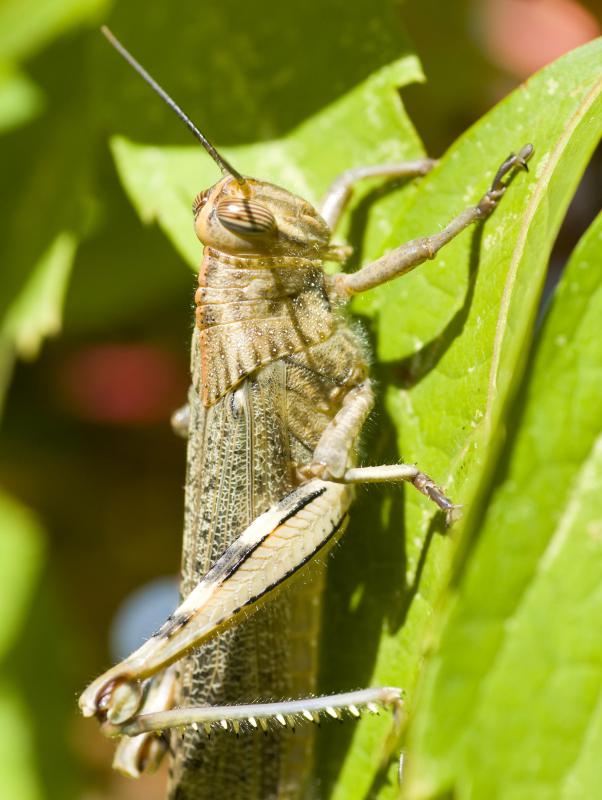At AllThingsNature, we're committed to delivering accurate, trustworthy information. Our expert-authored content is rigorously fact-checked and sourced from credible authorities. Discover how we uphold the highest standards in providing you with reliable knowledge.
What is a Sacred Ibis?
The sacred ibis is a mostly white wading bird common in South Africa and throughout Ethiopia, as well as southeastern Iraq and Madagascar. It is recognized by its long, curved, black bill and black plumes on the lower back and tips of the wings. The bird's long legs and partially webbed feet allow feeding in marshes or flooded areas where mud might be deep. Usually quiet, the sacred ibis may grunt or croak while flying to breeding grounds.
Threskiornis aethopicus is the scientific name for this bird, which was native to Egypt until it disappeared from that country in 1850. It was a symbol of Troth, the god of wisdom and time. Ancient Egyptians believed the god visited Earth as the sacred ibis to impart knowledge. As many as 1.5 million mummified birds were found in tombs in one area of Egypt even though the penalty for killing a sacred ibis was death.

The species was important because it ate a certain snail that carried the bilharzia parasite, which is harmful to the human liver. The sacred ibis fed on these snails and created holes that filled up with water and which the Egyptians used as bathing sites. After the species vanished from that country, disease from the bilharzia parasite increased.

These birds live in freshwater lagoons, swamps, or on riverbanks. They can also be found in pastures or fields that have been flooded. In some areas, the sacred ibis finds homes at sewage treatment plants or dump sites, sometimes in flocks of up to 300.
The sacred ibis normally breeds during the rainy season or in flooded regions during the dry season. Up to 2,000 pairs of birds can nest on the ground, in trees, or bushes. The male ibis gathers sticks and branches for the female to build the nest, where she lays two to five eggs at a time. The young hatch in 21 days and leave the nest after two or three weeks.
Bugs like crickets, locusts, and grasshoppers make up the main diet of the sacred ibis. It will also eat frogs, worms, fish, and snails. If its favorite food is not available, the ibis will eat crocodile eggs and the eggs of other birds, but it has also been known to eat scraps of human food near restaurants. The birds feed in groups during the day and roost when it gets dark.
AS FEATURED ON:
AS FEATURED ON:












Discuss this Article
Post your comments